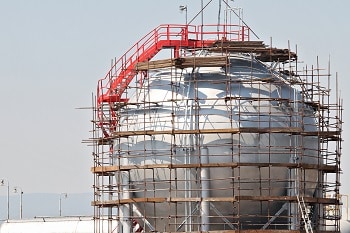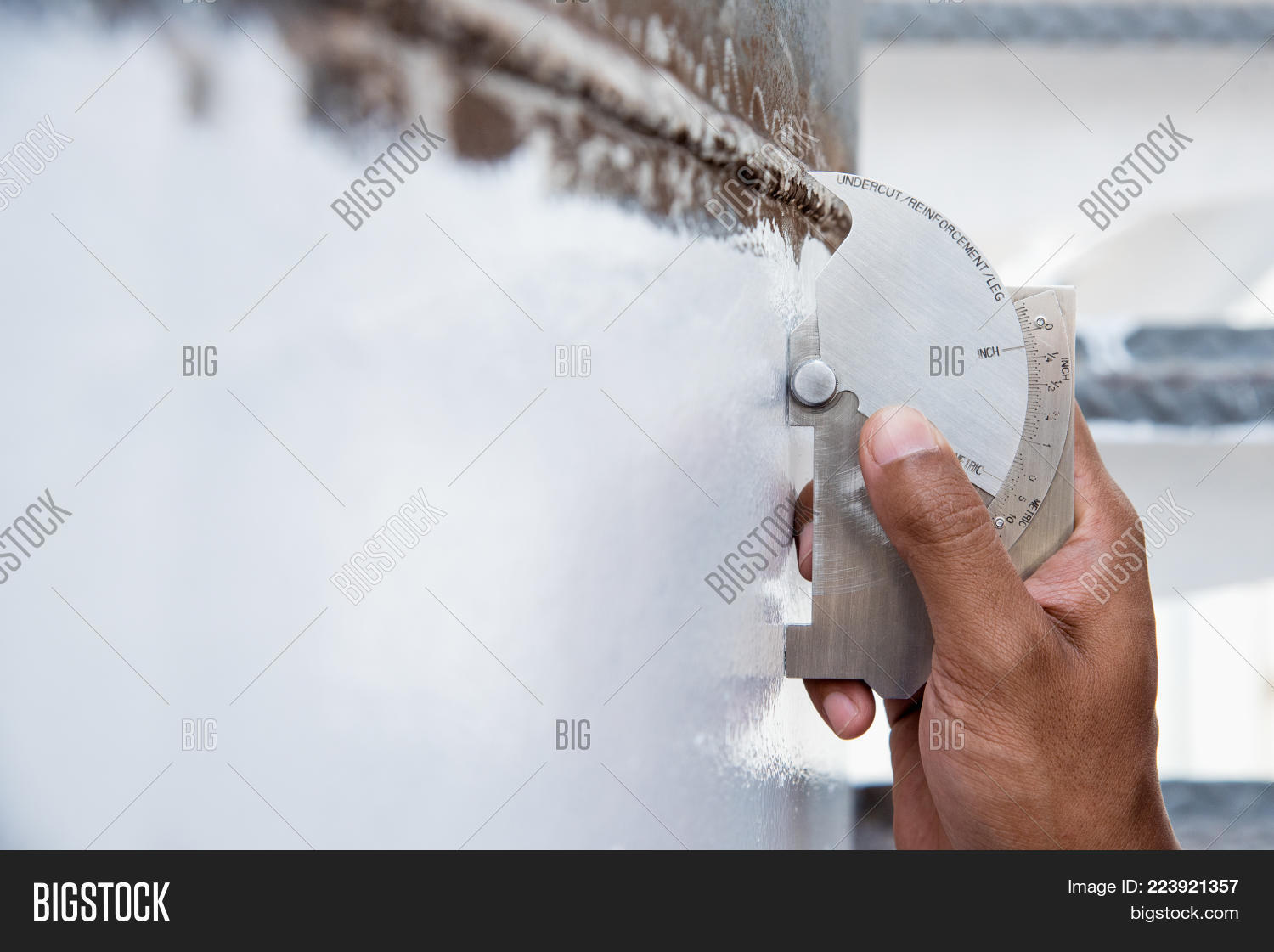Tank Welding Inspection: Guaranteeing Long-Term Durability and Security
Tank Welding Inspection: Guaranteeing Long-Term Durability and Security
Blog Article
An In-depth Overview of Tank Welding Assessment Criteria and Methodologies for Improved Weld Quality and Efficiency
The relevance of welding evaluation criteria in the production of tanks can not be overstated, as they work as the backbone for guaranteeing weld honesty and operational integrity. Numerous inspection strategies, consisting of visual analyses and advanced non-destructive testing approaches, are important in recognizing prospective flaws that might jeopardize performance. Adhering to regulative requirements not just boosts weld high quality but also mitigates the risk of costly failures. As we check out the nuances of these approaches, it comes to be necessary to take into consideration how an organized technique can reinvent existing methods and cause significant renovations in end results.
Relevance of Welding Assessment Specifications

Welding assessment standards include a variety of standards, consisting of material specifications, welding procedures, and credentials of employees associated with the welding procedure. By implementing these requirements, companies can systematically recognize and remedy possible issues, therefore minimizing the chance of costly repair work or devastating failings. Furthermore, strenuous inspection methods cultivate a culture of accountability and precision, encouraging welders to preserve high degrees of craftsmanship.

Typical Welding Assessment Strategies


Ultrasonic Checking (UT) is another prevalent technique, utilizing high-frequency sound waves to find inner imperfections that might not show up externally. This technique is specifically effective for determining spaces or additions within the weld metal. Magnetic Fragment Evaluating (MT) is also commonly utilized, particularly for ferromagnetic products, as it reveals surface and near-surface defects through the application of electromagnetic fields and ferrous bits.
Furthermore, Liquid Penetrant Testing (PT) identifies surface-breaking flaws by applying a penetrant to the weld and after that making use of a designer to extract the penetrant. Each of these strategies adds to an extensive evaluation approach, making sure that welds meet the rigorous high quality standards required in container building.
Regulatory Requirements and Conformity
Regulative standards and conformity are vital components in making sure the safety and integrity of welded frameworks in storage tank construction - Tank Welding Inspection. These requirements serve to develop minimum requirements for product residential or commercial properties, welding treatments, and inspection methods, thereby reducing the danger of structural failings and improving overall efficiency
Secret companies, such as the American Culture of Mechanical Designers (ASME) and the American Welding Society (AWS), supply standards that are widely taken on in the market. Compliance with these requirements not just makes certain adherence to ideal practices but also satisfies legal and contractual obligations, safeguarding the rate of interests of stakeholders.
Regulative bodies frequently mandate adherence to details codes, such as ASME Code Section IX for welding certifications and API 650 for bonded storage tanks. These codes outline demands for welding strategies, qualifications of employees, and screening approaches to verify weld honesty.
Normal audits and assessments are essential to maintaining compliance, as they assist determine inconsistencies from developed standards. Non-compliance can go to this website result in significant fines, job hold-ups, and safety threats. Hence, a robust understanding of regulatory criteria and a dedication to compliance are vital in accomplishing top notch and resilient welded container structures.
Non-Destructive Evaluating Methods
Just how can the stability of useful content welded structures be guaranteed without causing damages? Non-destructive screening (NDT) methods supply a durable service, enabling assessors to review weld quality without jeopardizing the product - Tank Welding Inspection. Amongst the most usual NDT strategies are ultrasonic screening (UT), radiographic screening (RT), magnetic particle testing (MT), and color penetrant testing (PT)
Ultrasonic testing utilizes high-frequency acoustic waves to discover inner defects and define material homes. It provides exact measurements and is particularly effective for thick products. Radiographic testing entails passing X-rays or gamma rays through the weld, producing photos that disclose structural problems such as fractures or gaps. This approach is very useful for assessing the integrity of intricate welds.
Magnetic fragment screening is matched for ferromagnetic products, where electromagnetic fields disclose surface area and near-surface gaps. Color penetrant testing makes use of a fluid color to highlight surface-breaking imperfections, making it a reliable technique for non-porous materials.
Each of these NDT methods has distinctive benefits, permitting thorough assessments customized to certain materials and welding procedures. By executing these techniques, markets can make sure the reliability and safety and security of welded structures, eventually boosting overall performance.
Enhancing Weld High Quality Through Examination
Effective evaluation plays a crucial function in boosting weld high quality, acting as a vital checkpoint in the fabrication procedure. By determining prospective problems early, inspections mitigate the risk of compromised architectural honesty and make certain compliance with industry requirements. Employing a combination of visual assessments, non-destructive testing (NDT) approaches, and mechanical analyses, assessors can identify concerns such as porosity, cracks, and incomplete combination.
Carrying out a robust inspection protocol not only enhances the general quality of welds however additionally cultivates a society of accountability among welders and makers. Routine training and certification of inspection workers guarantee that they are outfitted with the needed abilities to identify and address prospective issues effectively. This aggressive method lessens rework and connected costs, eventually adding to predict efficiency.
Additionally, comprehensive paperwork of examination findings provides beneficial understandings right into persisting concerns, helping with continuous enhancement in welding practices. By leveraging advanced modern technologies, such as automated ultrasonic testing or digital radiography, weld high quality can be boosted with much more accurate examinations. Finally, a strenuous examination procedure is essential in achieving premium welds, making sure safety, dependability, and long life in tank construction.
Conclusion
In final thought, the implementation of strenuous storage tank welding assessment requirements and techniques is crucial for making certain weld integrity and efficiency. By making use of a mix of aesthetic examinations, non-destructive why not try these out testing techniques, and adherence to regulatory standards, organizations can effectively recognize and minimize prospective issues.
Report this page